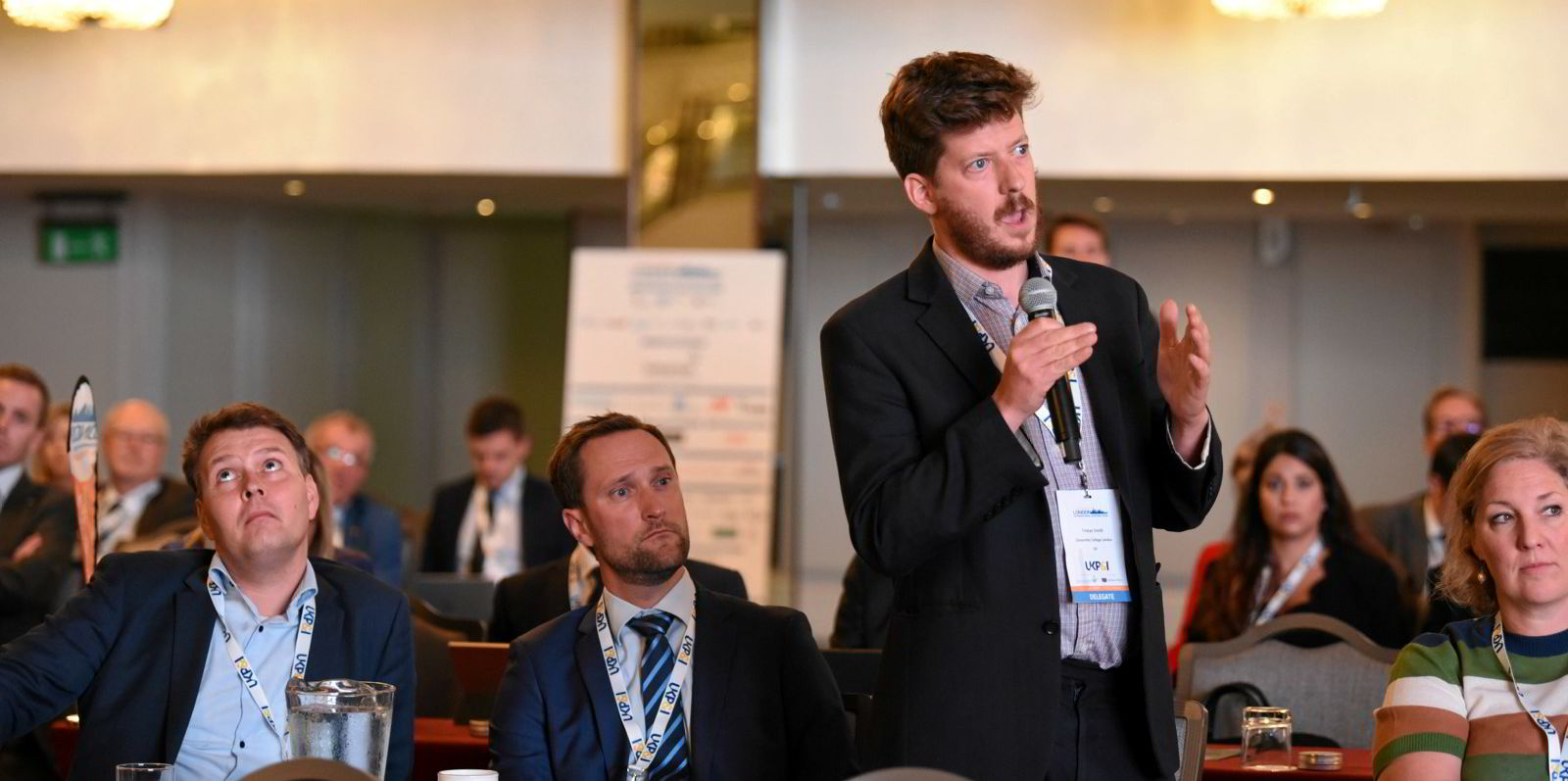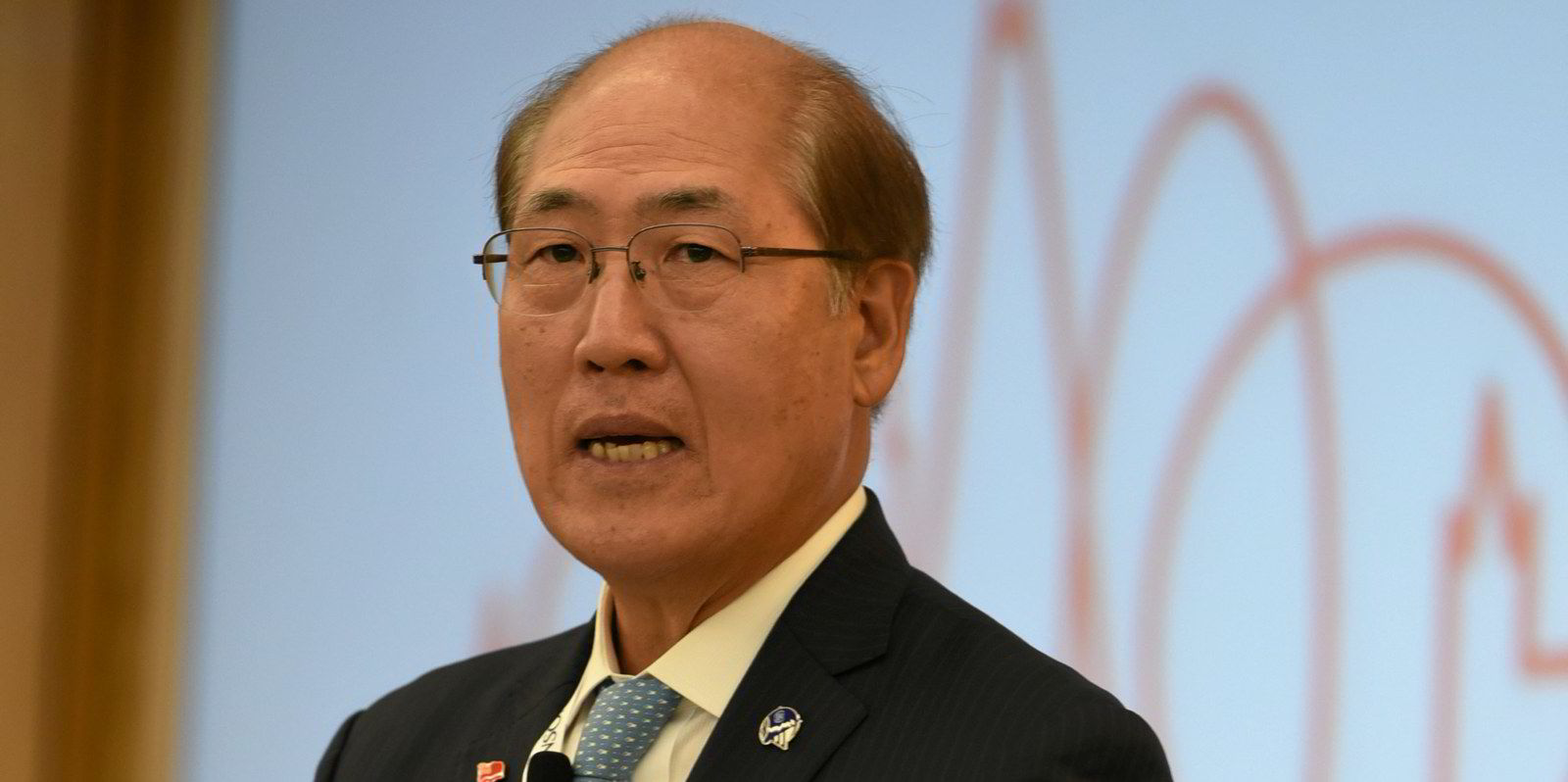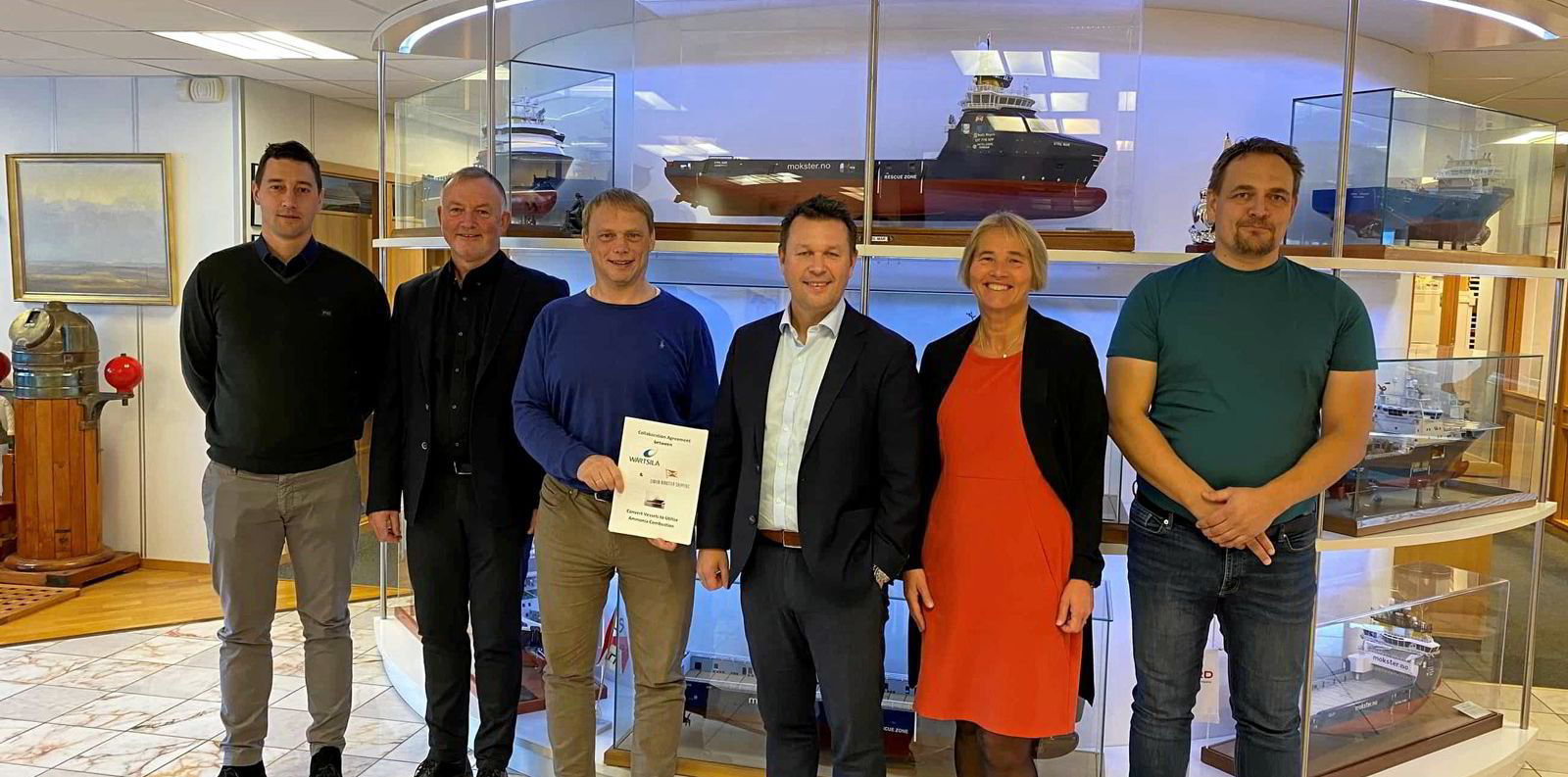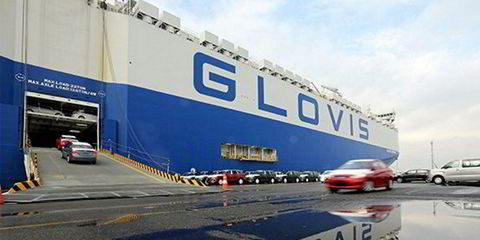Regional regulation will supplant international action to allow vessels on regular journeys between hydrogen production centres to spearhead the decarbonisation transition, a new report argues.
That can allow about 10% of shipping’s consumption to move to zero emission fuels during the 2020s, it said.
The report by UMAS for The Getting to Zero Coalition titled 'Strategy for the Transition to Zero-Emission Shipping' was funded by the Mission Possible Partnership and claims to be the first major shipping report into decarbonization to use a multi-disciplinary approach.
"By analysing the geography and routes for first movers, the study estimates about 10% of shipping's total fuel consumption has promising conditions for transitioning to Scalable Zero-Emissions Fuels (SZEFs) during the 2020s," the report said.
The study shows that vessels and fuel production associated with regular journeys on relatively simple routes with a small number of regular stops, and near to low-cost hydrogen production can be prioritised as first movers.
"There are options to incentivise these first movers through plurilateral actions (groups of like-minded countries acting together), or multilateral policy through IMO regulation," it said.
UMAS is a partnership between UMAS International and the University College London (UCL) Energy Institute. Tristan Smith is named as the lead author of the report.
Some national or regional actors now appear particularly well-positioned to lead sub-global policy and collaboration, said Alison Shaw of UMAS, a co-author of the study.
"IMO policy is important, but is unlikely to be the sole enabler of first movers, in part due to the complexity and timescales involved in developing global policy," Shaw said.

Regional and national action can serve to shore up and stimulate global policy developments at IMO, she added. "Even a small number of countries can impact a very significant share of the identified early adoption fuel consumption."
Ship types that fit into the theory include ferries and container ships, as well as shortsea tankers and bulk carriers. The number of SZEF retrofits may be roughly equal to newly built ships over the transition, the report added.
The pathway to future fuels is not predetermined, but will be impacted by choices over the coming years, the report concludes.
"The likely speed of the transition will put huge pressure on the scalability of production processes and hydrogen-based fuels whose main input is electricity are most likely to deliver during this phase," the report said.
Growing demand for hydrogen and hydrogen-derived fuels will help lower their costs, by driving up the scale of production in contrast to fuels dependent on more fundamentally constrained biomass feedstocks for whom demand growth ultimately raises prices, it added.
"Our modelling has shown that while sustainable policies can light the way, it's private investment along all points of the maritime supply chain that will drive the industry towards decarbonisation," said Connor Galbraith of UMAS, another of the co-authors.
National or regional actors well positioned to lead sub-global policy include Japan, the US, China, the European Union, and Norway, the report added.
Analysis of early adopter routes shows that these countries, between them or on trade routes with third countries, can impact a very significant share of early adoption fuel consumption, it said.






